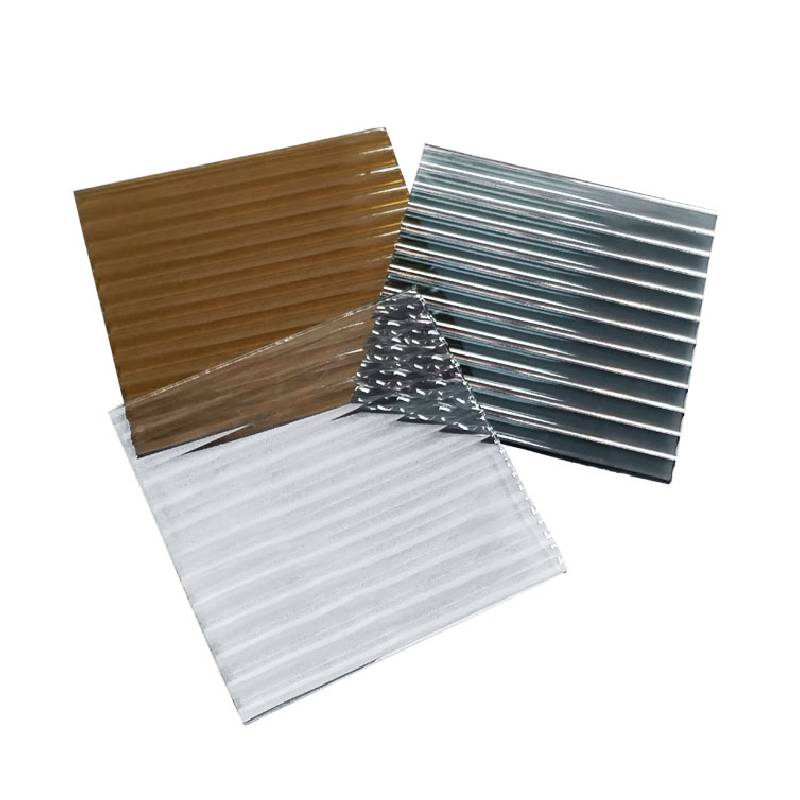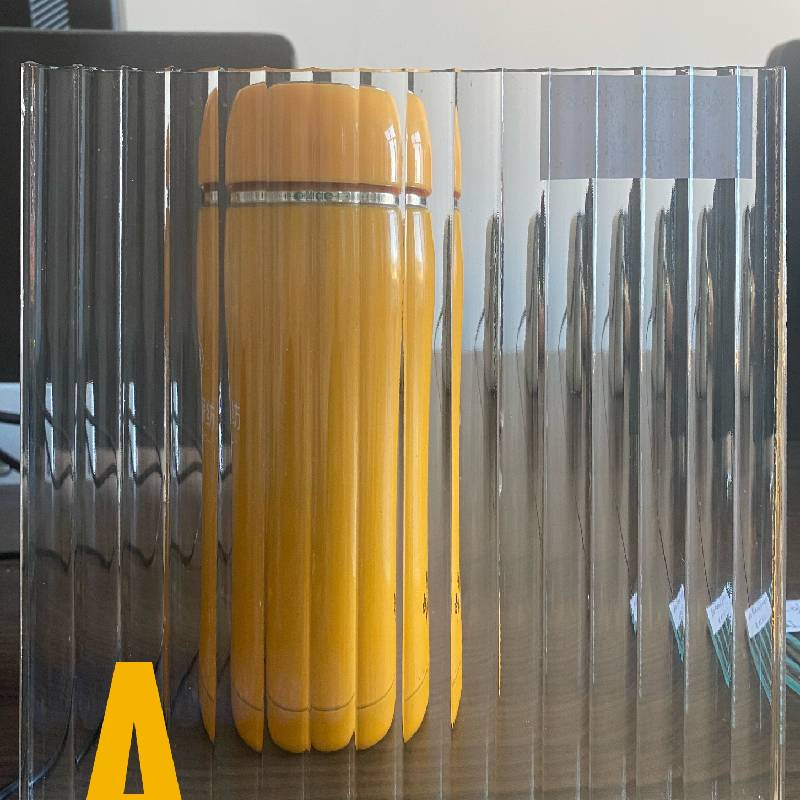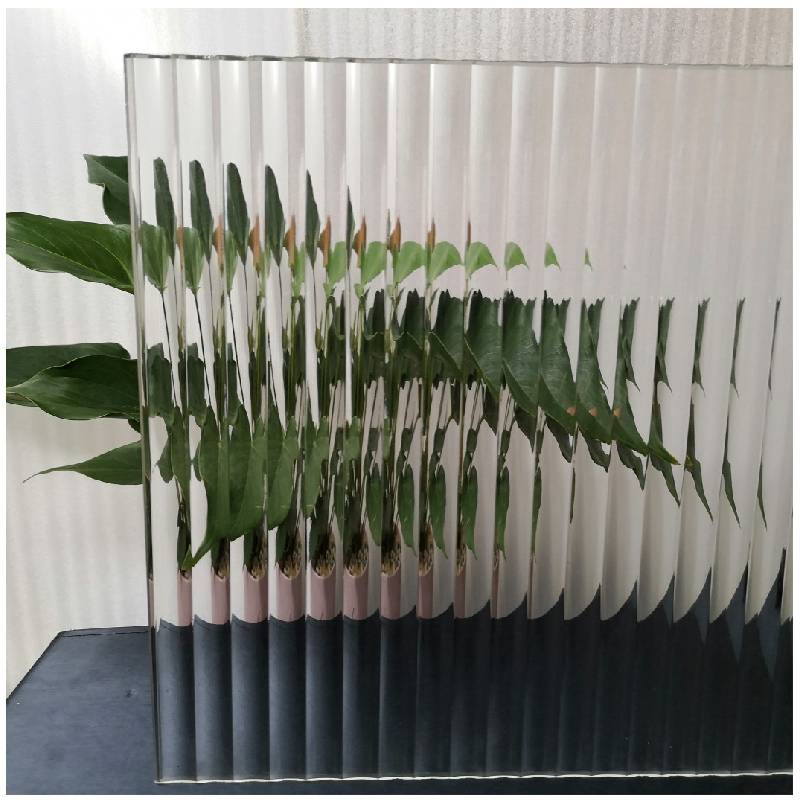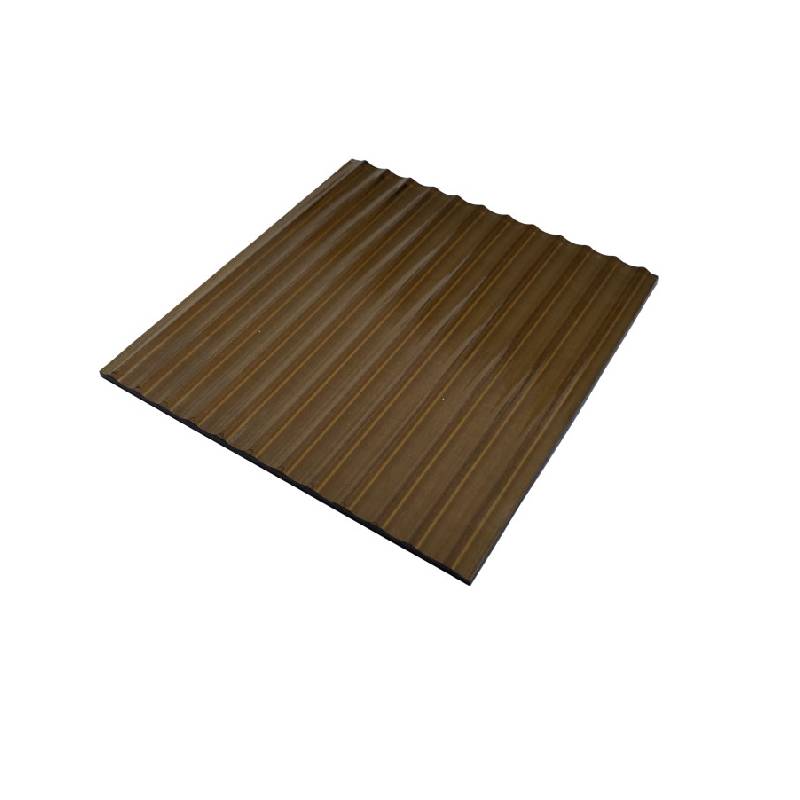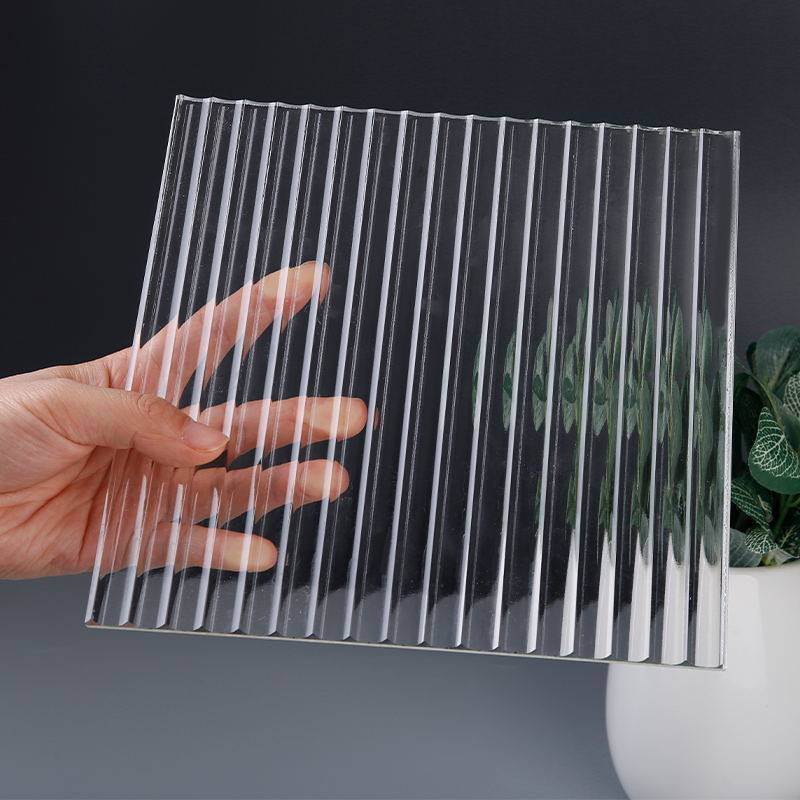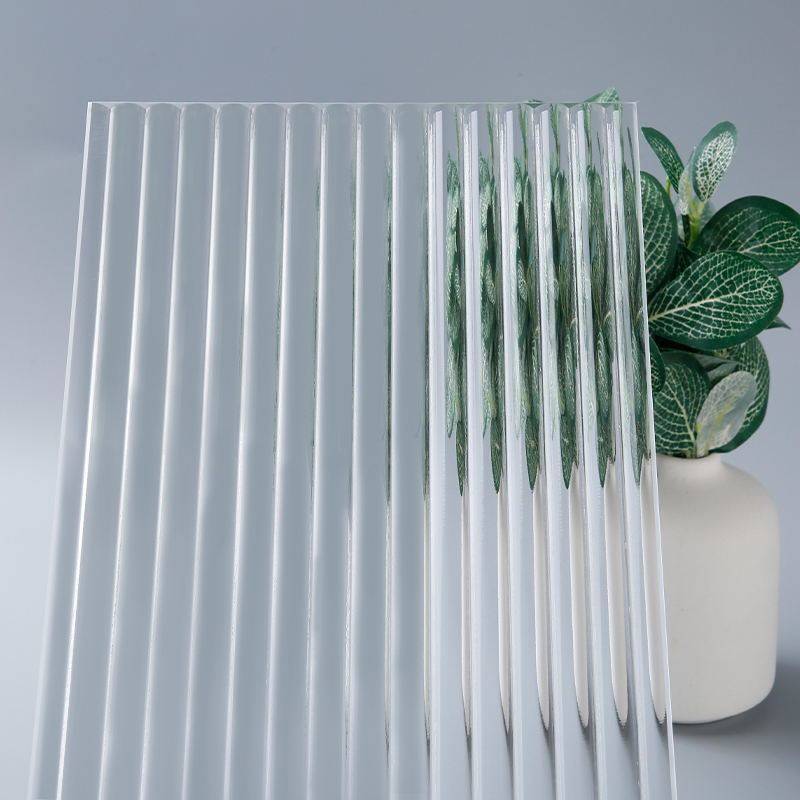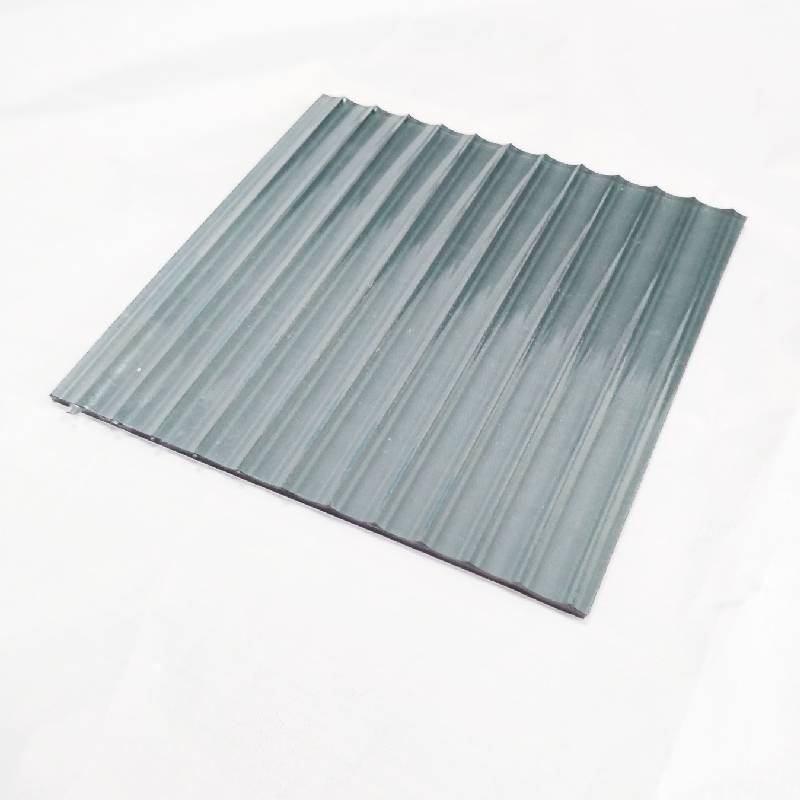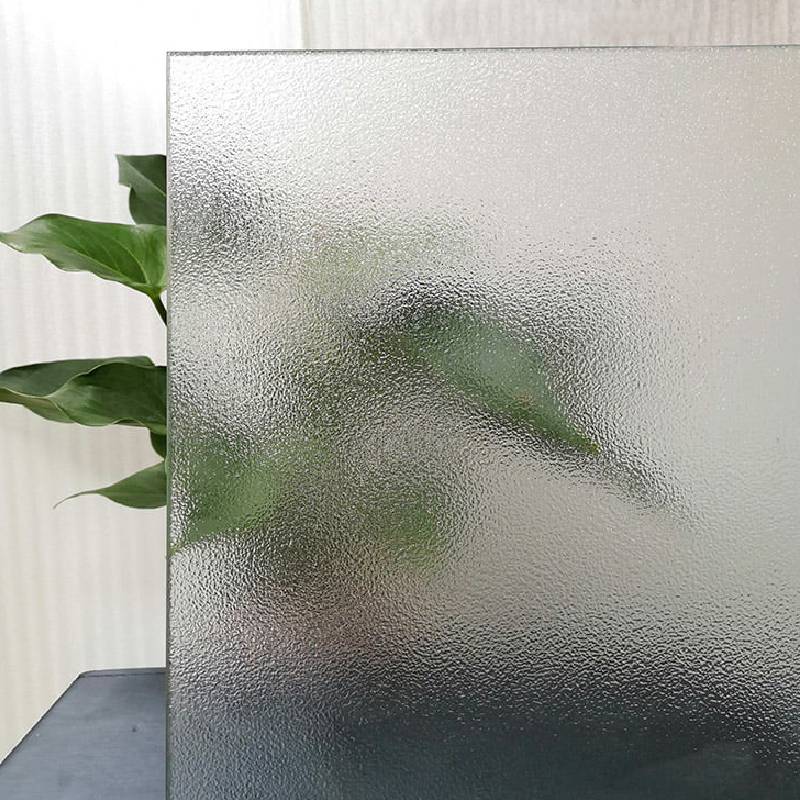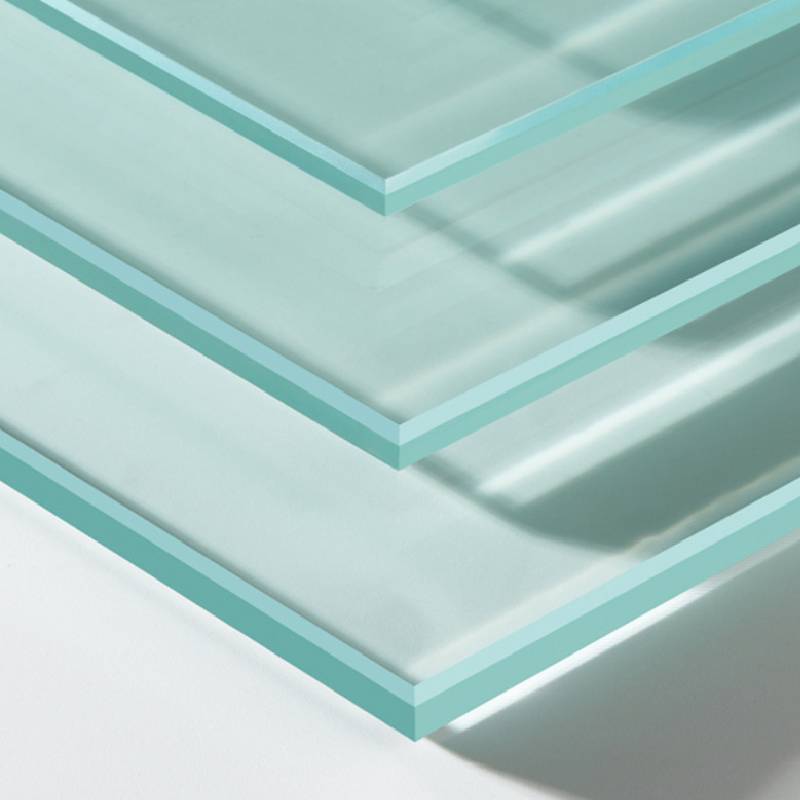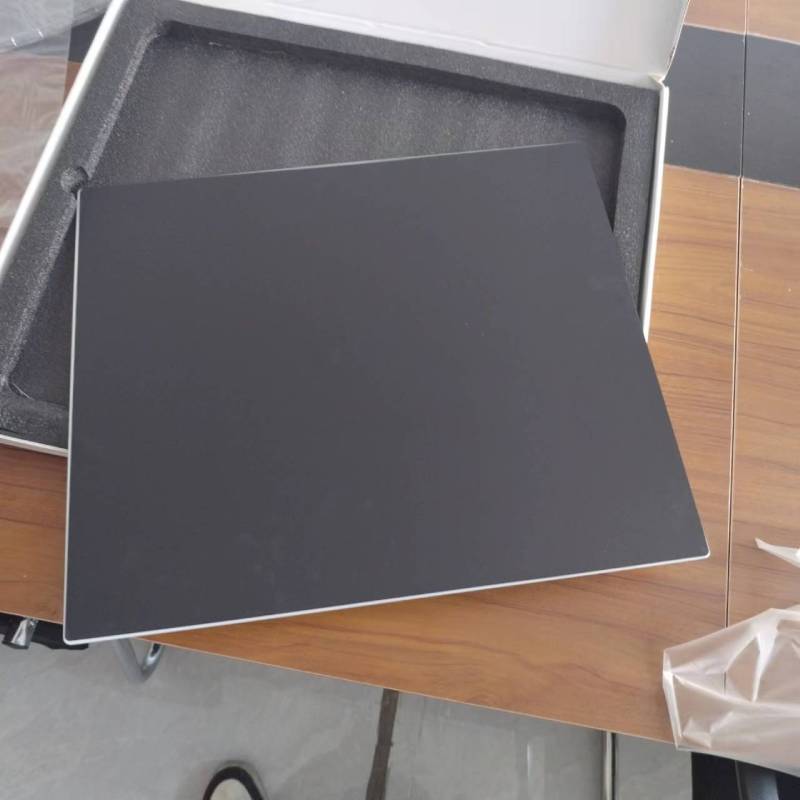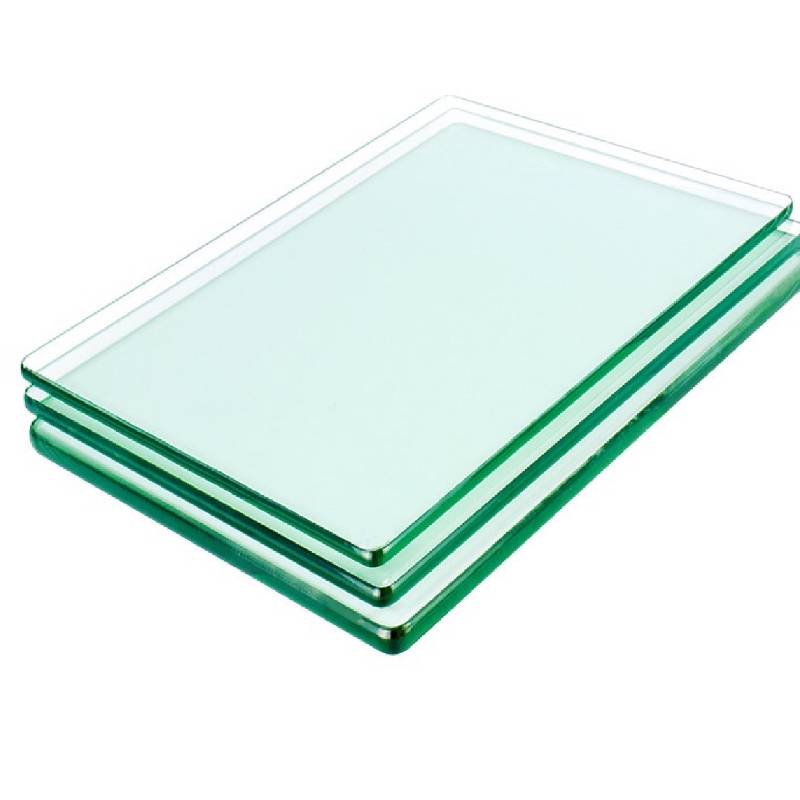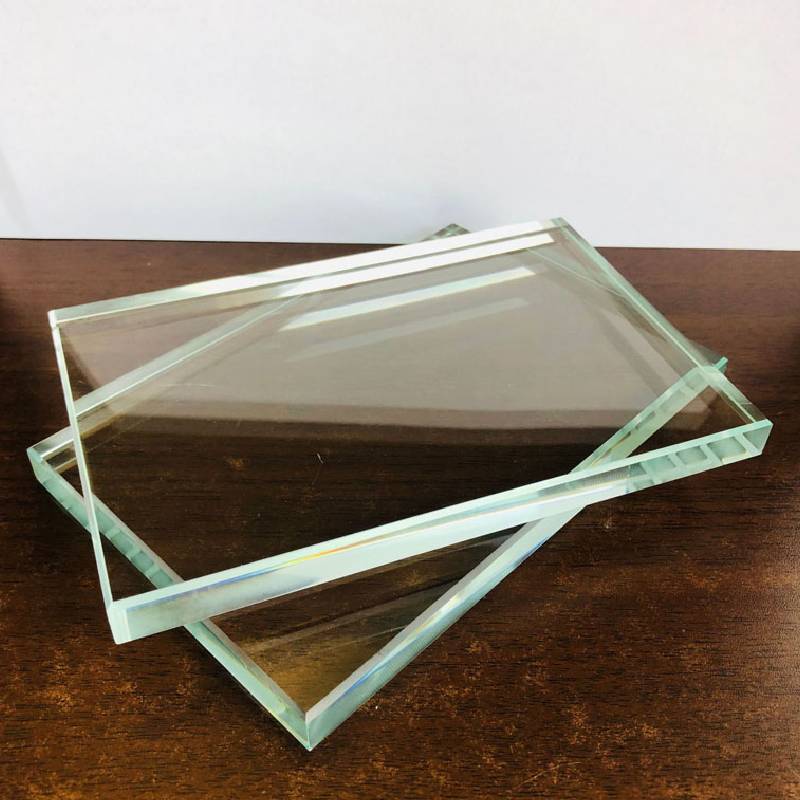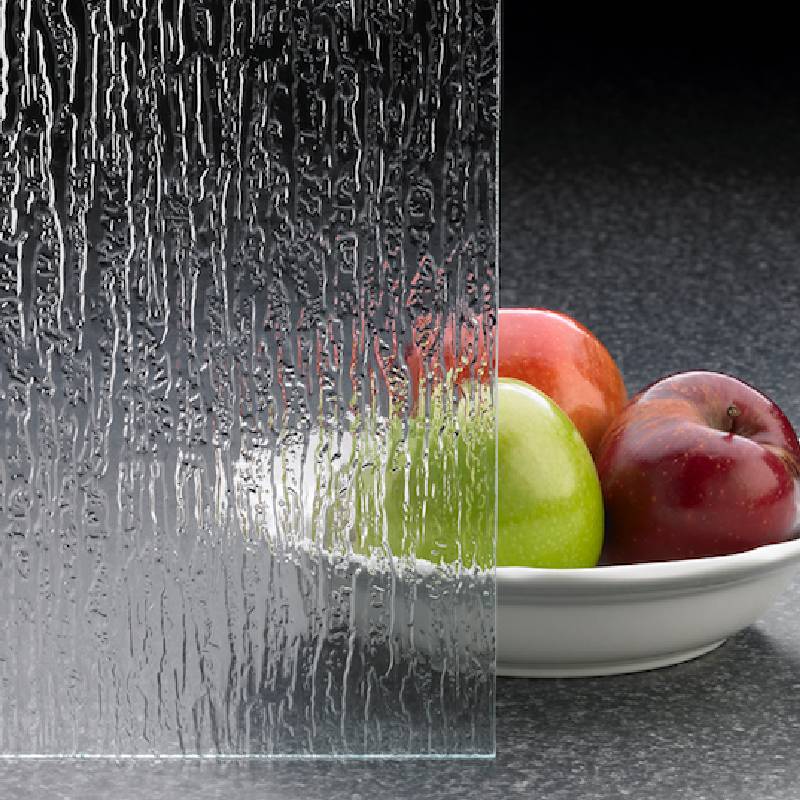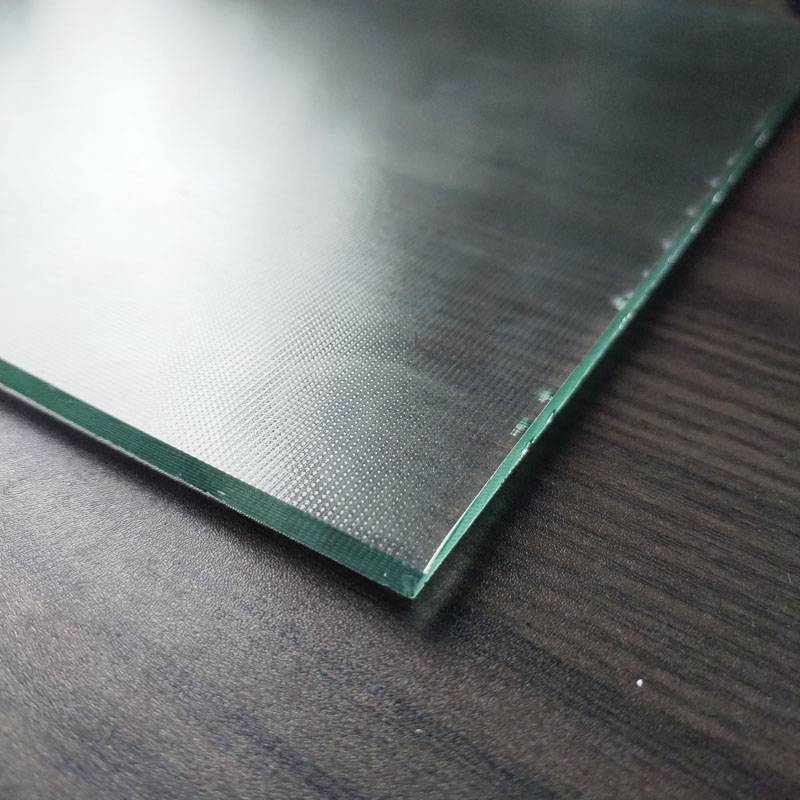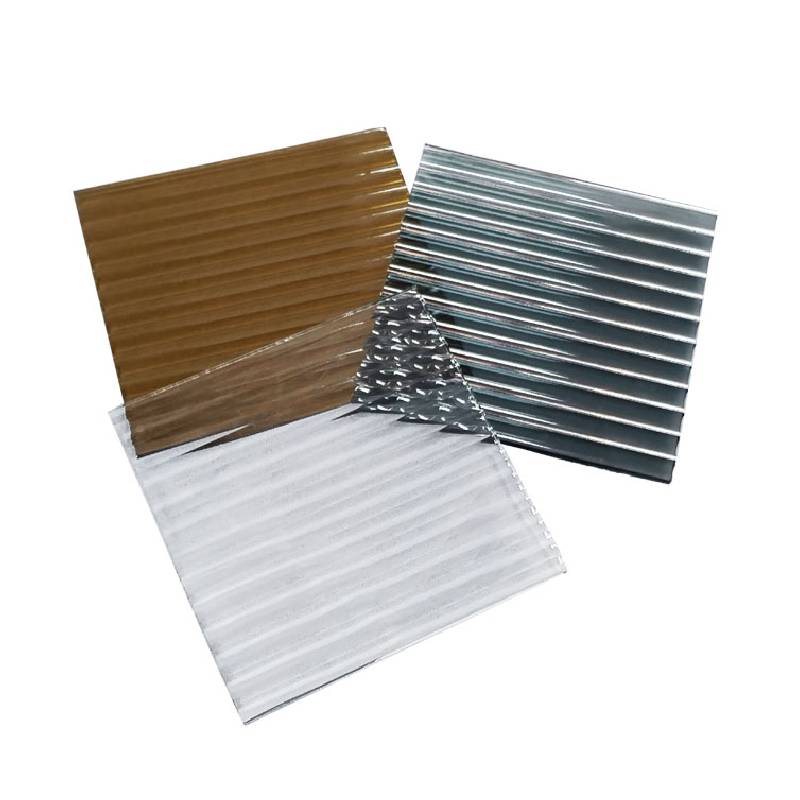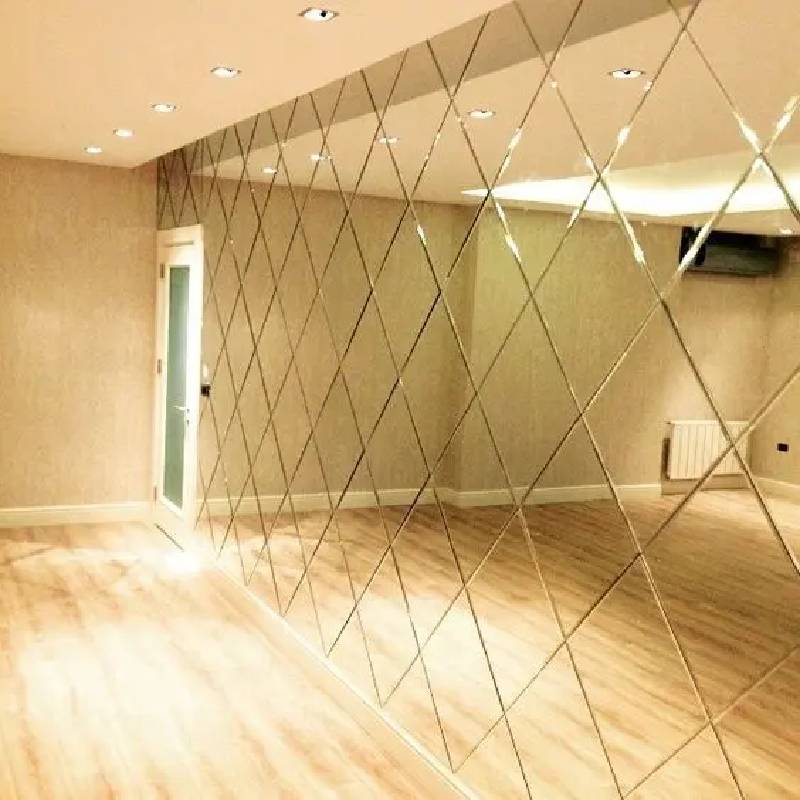- 1. Raw material selection: The process starts with the selection of high-quality raw materials, usually silica sand, soda ash and limestone. These materials were chosen for their purity and consistency, as they greatly influence the final quality of the glass.
2. Ingredients: The selected raw materials are accurately weighed and mixed together in specific proportions. This mixture, called a batch, is loaded into a furnace and melted.
3. Melting: The batch is fed into a furnace that is heated to extremely high temperatures, typically between 1,500 and 1,700 degrees Celsius (2,732 and 3,092 degrees Fahrenheit), depending on the type of glass being produced. Intense heat melts the batch into a viscous liquid called molten glass.
4. Shaping: Once the molten glass reaches the desired consistency, it is formed into the desired shape. This can be done by various methods such as blowing, pressing or moulding. For Moru glass, which often has intricate patterns, techniques such as glass blowing or hand shaping can be used to achieve the desired design.
6. Annealing: Newly formed glass undergoes a process called annealing to eliminate internal stress and strengthen the glass. This involves gradually cooling the glass at a controlled rate to ensure an even temperature distribution throughout the material.
7. Finishing: After annealing is complete, inspect the glass for any defects or blemishes. Any rough edges or sharp points are smoothed away, and the final product is cleaned and polished to enhance its appearance.
- 1. High transparency
Moru glass uses high-quality glass raw materials with high purity, so the transparency is very good and can provide excellent visual effects.
2. A sense of haziness
The vertical line texture of Moru glass has a simple geometric beauty and hazy feeling, which can have a semi-covering effect while maintaining spatial transparency.
3. Transparent but not see-through
Moru glass itself is glass, with the characteristics of glass itself transmitting light. In addition, due to its own grooves with a blurred matte surface, the reflected light, plants or decorations on the other side of the glass can be out of focus. More hazy beauty.
4. Good appearance and wide application
As a high-quality, high-transparency glass material, Moru glass has a variety of functions and functions. It has been widely used in construction, home decoration, automobile and other fields.
Clear Moru glass, ultra clear Moru glass, gray Moru glass, bronze Moru glass, golden Moru glass.
Regular thickness: 4mm, 5mm, 6mm, 8mm, 10mm
Regular size 2000*2440mm, 2100*2440mm, 2100*2800mm, 2100*3300mm
 AFRIKANINA
AFRIKANINA  albaney
albaney  Amharic
Amharic  Arabo
Arabo  Armeniana
Armeniana  Azerbaijani
Azerbaijani  Baska
Baska  Belarusian
Belarusian  Bengali
Bengali  Bosniaka
Bosniaka  biolgara
biolgara  Katalana
Katalana  Cebuano
Cebuano  Korsika
Korsika  Kroaty
Kroaty  TSEKY
TSEKY  Danoà
Danoà  Anarana iombonana
Anarana iombonana  anglisy
anglisy  esperanto
esperanto  Estoniana
Estoniana  Anarana
Anarana  FRANTSAY
FRANTSAY  Frisian
Frisian  galisiana
galisiana  Zeorziana
Zeorziana  Anarana
Anarana  GRIKA
GRIKA  Gujarati
Gujarati  Kreole Haitiana
Kreole Haitiana  hausa
hausa  Hawaii
Hawaii  Hebreo
Hebreo  tsia
tsia  Miao
Miao  hongariana
hongariana  Anarana
Anarana  igbo
igbo  indonezianina
indonezianina  TENY IRLANDEY
TENY IRLANDEY  ITALIANINA
ITALIANINA  Anarana
Anarana  Javaney
Javaney  Kannada
Kannada  kazakh
kazakh  Khmer
Khmer  Rwanda
Rwanda  Koreana
Koreana  Kiorda
Kiorda  Kyrgyz
Kyrgyz  TB
TB  Latina
Latina  Zavatra tsy
Zavatra tsy  litoanianina
litoanianina  Luxembourgish
Luxembourgish  Masedoniana
Masedoniana  Malagasy
Malagasy  Malay
Malay  Malayalam
Malayalam  Maltais
Maltais  Maori
Maori  Marathi
Marathi  Mongoliana
Mongoliana  Madagascar
Madagascar  Nepali
Nepali  norvejiana
norvejiana  norvejiana
norvejiana  Occitan
Occitan  Pashto
Pashto  PERSANINA
PERSANINA  poloney
poloney  portogey
portogey  Punjabi
Punjabi  Malagasy Romanian
Malagasy Romanian  ROSIANINA
ROSIANINA  samoanina
samoanina  Gaelika Scottish
Gaelika Scottish  serbianina
serbianina  anglisy
anglisy  Shona
Shona  Sindhi
Sindhi  Sinhala
Sinhala  silaovaka
silaovaka  Slovenianina
Slovenianina  Somali
Somali  Fikarohana
Fikarohana  Sundanese
Sundanese  swahili
swahili  Anarana
Anarana  Tagalog
Tagalog  Tajik
Tajik  Tamil
Tamil  Tatar
Tatar  Telugu
Telugu  Thai
Thai  Tiorka
Tiorka  Turkmen
Turkmen  OKRAINIANA
OKRAINIANA  Urdu
Urdu  Uighur
Uighur  Uzbek
Uzbek  vietnamiana
vietnamiana  valesa
valesa  Vonjeo
Vonjeo  Yiddish
Yiddish  Yoruba
Yoruba  Zulu
Zulu 

